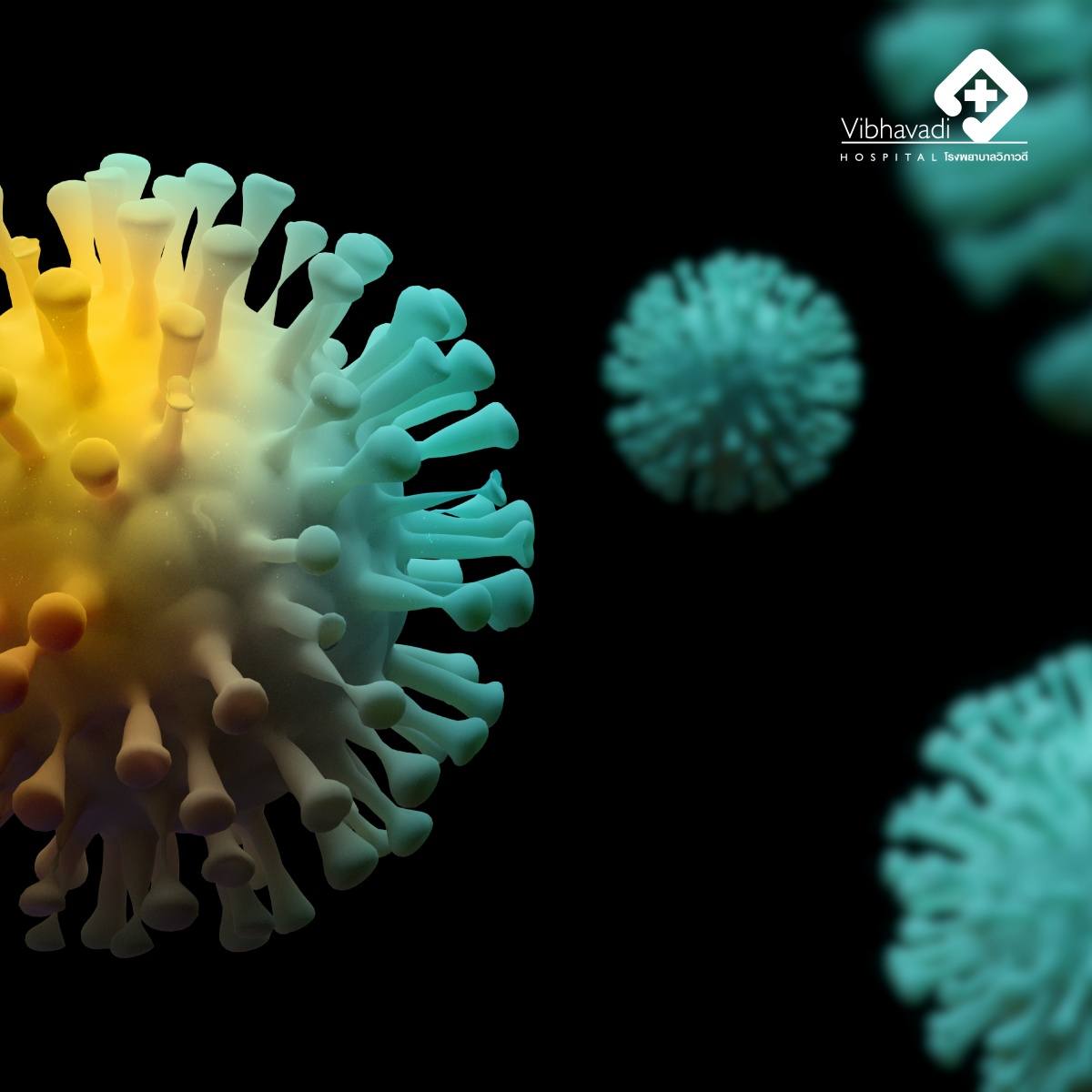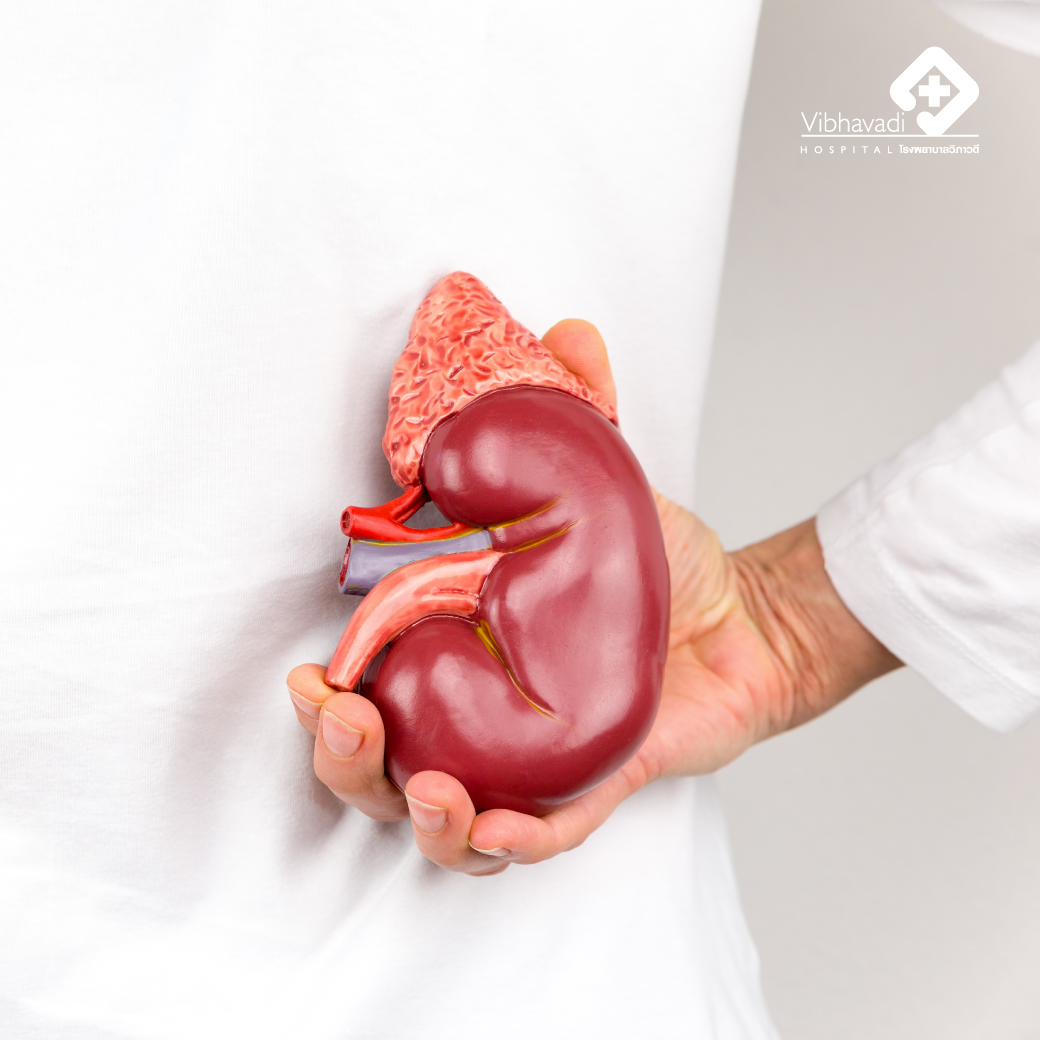What is Human Papilloma Virus (HPV)?
What is Human Papilloma Virus (HPV)?
Human Papilloma Virus is a virus that causes various types of warts. There are more than 100 strains of this virus, each capable of causing different types of diseases. Among the more than 40 strains that can cause infections in the genital and anal areas, some are well-known, such as genital warts. Certain strains of HPV can lead to changes in the cervix, which can ultimately result in cervical cancer. Infections with genital warts and HPV are often transmitted through sexual contact, and frequent changes in sexual partners increase the risk of infection.
The well-known strains that cause infections in the genital and anal areas are strains 6, 11, 16, and 18. Strains 6 and 11 are considered low-risk strains as they rarely lead to cancer, while strains 16 and 18 are high-risk strains associated with a higher likelihood of developing cancer.
Infections with HPV in areas other than the genital and anal regions, such as the skin, often involve strains 5 and 8, which differ from those found in the genital and anal areas.
How is HPV transmitted?
HPV infections are usually transmitted through sexual contact, making it a sexually transmitted disease (STD). In the United States, it has been found that at least 75% of sexually active individuals have had an HPV infection at some point in their lives. It is estimated that over 6 million people acquire HPV infections each year, and approximately 50% of these infections occur in individuals between the ages of 15 and 25.
Regardless of the HPV strain involved, most infected individuals do not show visible symptoms or any symptoms at all. Therefore, diagnosing HPV infection is often challenging, and it cannot be determined solely through DNA tests. Some cases may test positive for HPV initially but may turn negative after a few months or years, entering a latent period where the infection is present but not symptomatic. Infected individuals can still be re-infected, and those who are infected can transmit the virus to others through sexual intercourse.
In developed countries like the United States or other countries with advanced healthcare systems, there are widespread screening and early detection measures available, reducing the risk of cervical cancer. However, in developing countries, limited access to such testing creates a significant problem, leading to a high incidence of cervical cancer caused by HPV infections. Approximately 500,000 women worldwide lose their lives to cervical cancer each year.
Key Symptoms:
In many individuals, an infection may not cause any noticeable symptoms. However, sometimes there may be itching, burning, or tightness, which can vary depending on the location of the infection. In women with an infection in the birth canal, there may be bleeding during intercourse or the presence of discharge from the birth canal. Few cases may experience bleeding from the birth canal or blockage of the urinary tract, where the earwax blocks the urinary passage.
Diagnosis of HPV Infection:
HPV infection can sometimes be detected through a Pap smear test because HPV can cause changes in the tissue. However, a Pap smear test alone cannot provide a definitive diagnosis unless a special test, such as HPV DNA testing, is conducted upon detecting abnormal Pap smear results. In such cases, doctors often recommend additional specialized tests, such as taking a biopsy of the cervix for examination.
Diagnosis:
The sexually transmitted infection known as genital warts (or condyloma acuminatum) is a disease that is easily contracted. It is frequently found in newly infected individuals in the United States, with approximately 500,000 cases per year. Doctors can diagnose and treat it without the need for additional tests in cases where the warts are clearly visible. The appearance of genital warts is often characterized by small, cauliflower-like bumps, and over 90% of warts in the genital area are caused by HPV strains 6 and 11, which are less aggressive.
The treatment of HPV:
There is no treatment that can completely eliminate HPV infection. The only option available is to remove the infected tissue. However, removing the tissue cannot prevent the spread of the virus. Nevertheless, this condition can recur.
Treatment can be done by using a solution or cream called 0.5% podofilox (Condylox), applied twice a day for 3-4 days. Typically, treatment needs to be continued for 3-4 weeks, or until the lesions disappear. Podofilox can be applied every other day for 3 weeks or sometimes imiquimod (Aldara) can be used, applied three times a week before bedtime for 6-10 hours. Afterward, it should be washed off with soap and water. The use of imiquimod can be continued for up to 16 weeks or until the lesions disappear.
For specialized medical practitioners, treatment can be performed using Podophyllin resin solution with a concentration of 10-25%, applied to the affected area and washed off after approximately 2-3 hours. The treatment will be repeated every week until the lesions disappear. Another method is to use Tricholoroacetic acid (TCA) or Bichloracetic acid (BCA) solution, applied weekly, or 5-Flurouracil epinephrine gel can be injected into the affected area. Interferon alpha can also be injected into the affected area for a duration of 8-12 weeks.
Another treatment option is Cryotherapy (freezing treatment) performed every 1-2 weeks. Other methods include surgical removal or laser treatment, which may require the use of anesthesia depending on the location of the lesions.
Changes in the cervix:
When women undergo examinations and discover changes in their cervix, whether moderate or severe, it becomes necessary to receive treatment in order to prevent the cells from transforming into malignancies. In such cases, treatment often involves the removal of the affected area, known as conization. Conization is a method of treatment that removes the cervix using a scalpel or laser. Other known methods include LEEP, which employs an electric current passed through a wire to remove abnormal tissue, as well as cryotherapy and laser treatment, both of which can be used to destroy abnormal tissue.
Currently, there are studies being conducted on vaccines that protect against cervical cancer and genital warts caused by the human papillomavirus (HPV). These vaccines specifically target HPV strains 6, 11, 16, and 18. The FDA has approved these vaccines for use in females aged 9 to 26. However, other types of vaccines that prevent infection from the more aggressive HPV strains, such as strains 16 and 18, are still under experimental development.
Infection can be transmitted directly through sexual contact, but this particular virus is not found or spread through saliva, blood, or organ transplantation. Although the use of condoms can reduce the risk of infection, they do not provide complete protection. Additionally, antiviral and contraceptive medications cannot prevent the spread of the virus. The best approach is to practice safe sex to minimize the transmission of HPV. However, even individuals who practice safe sex can still become infected with HPV. It is worth noting that HPV can be transmitted from mother to child during childbirth.
What should be done when infected?
Individuals who have contracted the infection and their partners should seek advice regarding the risks associated with being carriers of the virus. It is important to understand that not having visible symptoms does not mean that the virus cannot be transmitted. Furthermore, it should be acknowledged that the use of condoms does not provide 100% protection against the spread of the disease.
Most importantly, when women detect an infection or disease, they should undergo regular Pap smear tests to monitor changes in the cervix and to screen for abnormalities that could indicate cervical cancer. Similarly, men should receive guidance regarding the risk of testicular cancer, even though initial screening and examination for testicular cancer may not be available.
Written by Dr. Teerasak Thamrongthirakul and the medical team at the Fertility and Gynecologic Laparoscopic Surgery Center.
















